Interested in Becoming a Certified Personal Trainer (CPT)?
Becoming a Certified Personal Trainer (CPT) is a rewarding journey. It allows you to inspire and guide others towards their health and fitness goals. If you’re passionate about fitness and helping others, this career path could be a perfect fit.
After ten years in the fitness industry, I can confirm that getting certified as a Personal Trainer creates many amazing opportunities.
In this article, I’ll cover everything you need to know about how to become a personal trainer. From selecting the right certification program to gaining practical experience, we’ll break down each step of the process.
Let’s dive into how you can turn your passion for fitness into a fulfilling career!
Understanding the Personal Training Profession
The fitness industry has seen substantial growth, with the U.S. Bureau of Labor Statistics projecting a 19% increase in employment for fitness trainers and instructors from 2021 to 2031.
This growth shows that more people recognize how important physical fitness is. It also highlights the value of professional help in reaching health goals.
Personal trainers now operate in various settings, including gyms, corporate wellness programs, online platforms, and private practices, offering specialized services tailored to individual client needs.
Importance of Certification as a Personal Trainer
Becoming certified through a credible institution like AFPA is crucial for aspiring personal trainers. Certification shows your commitment to professionalism and ensures you have the knowledge and skills necessary to safely and effectively guide clients towards their fitness goals.
Why Choose a Reputable Certification Program?
- Enhance your credibility and trustworthiness with potential clients
- Provide a solid foundation of knowledge in exercise science, anatomy, and program design
- Learn essential skills in client assessment, goal-setting, and progress tracking
- Ensure you understand proper exercise techniques and safety protocols
- Can lead to higher earning potential and career advancement opportunities
- Offers continuing education (required to maintain your cert) and resources to keep you updated on industry trends and best practices
By choosing a respected certification program like AFPA’s, you’re investing in your future success as a personal trainer and positioning yourself as a qualified professional in the competitive fitness industry.
Learn How to Become a Certified Personal Trainer Online in Less Than 6 Months
Steps to Becoming a Certified Personal Trainer (CPT)
Meet Prerequisites for Certification
Before you can become a CPT, you will need to meet the prerequisites. This may include:
- Age requirements
- Some educational background (high school diploma or GED)
- CPR and AED certification
Selecting the Right Certification Program
Regardless of which provider you go with, it’s important to choose an accredited certification program.
I suggest doing your research and comparing the most well-known, nationally accredited options before deciding on which one you’d like to take. Some factors to consider when selecting a program include:
- Cost
- Location (online vs. in person)
- Self study vs. group study
- Length
- Requirements
For example, AFPA’s CPT course is online and self-paced, designed to be completed in 6 months or less, with digital textbooks included.
Scheduling and Preparing for Your Certification Exam
After completing your course, you will have a specific time frame to schedule your exam. I suggest you find out this time frame before starting the course. This way, you can ensure you have enough time to study and take the exam at a comfortable pace. Planning ahead also helps you avoid any scheduling conflicts.
Some exams allow open notes, while others do not. Most exams are taken online, but sometimes you’ll need to go to a proctored exam center. Learn how your exam is run in advance.
When studying, take notes in a way that fits your learning style.
For my studies, I use a binder to organize all my digital guides and typed notes. While reviewing, I make additional notes on the guides and highlight key points. If I find a topic difficult to remember, I use a sticky note to mark it.
Passing Your Certification Exam
Each exam is given in its own way, so I can’t tell you exactly how to pass yours. However, I can offer some general tips to help prepare for success.
Start by checking for online practice exams. If none are available, gather your course quizzes and guides to make a similar exam. For instance, if the real test is all multiple choice, create questions that mirror that style using your course materials. There are many AI tools available online that can help you generate mock exams when you provide the right information.
Additionally, you might have to identify anatomy. I suggest finding anatomy images online and testing your recall abilities on a piece of paper. A lot of the questions are tied your knowledge of anatomy, using scientific terms in exercise scenarios.
If you’re taking the exam at home, set up your environment exactly as required on exam day in advance.
If you are taking the exam in person, learn about the exam setting in advance and try to recreate this environment at home. Once your study space is ready, remove distractions, get some water, and set a timer. Essentially, prepare your study days as if they were the actual exam day.
This approach will help you be ready physically, mentally, and emotionally. Furthermore, it allows you to identify any changes you might need to make before the exam.
Gaining Practical Experience in the Fitness Industry
Don’t be afraid to take part-time jobs, entry-level positions, or even intern for free for a set period of time. This allows you to figure out what you really like, what you’re naturally good at, and will expand your professional network. You want to avoid getting stuck in a position right after gaining your certification only to find that it does not suit you.
I also recommend taking this route in case you’ve decided to become a personal trainer after working in a different industry. This approach allows you to dip your toes into the industry without quitting your current position and getting stuck.
When I began my journey in personal training, I was also a full-time music agent. Although I appreciated the music industry, it was not a long-term fit for me.
My entry into personal training came through my sister in Arizona. I accepted a corporate wellness role that required me to keep my personal training certification. This full-time position allowed me to practice and refine my personal training skills both in my job and in my free time.
Building Your Career as a Personal Trainer
As a personal trainer, you don’t need to start your own business to find clients or succeed. I have worked for myself and for companies, so I understand the pros and cons of each. Let me guide you through some interesting options to explore as you begin your personal training career, along with possible earnings.
Exploring In-Person Training Opportunities
1. Corporate Fitness Trainer
Imagine being the go-to fitness expert for an entire company! As a corporate trainer, you’ll design and lead fitness programs for employees, conduct health assessments, and create personalized workout plans. You might even organize wellness seminars and manage on-site fitness facilities.
2. Personal Training Studio Owner
For the entrepreneurial spirits among you, starting your own personal training business or studio can be incredibly rewarding. You’ll develop your unique training philosophy, manage client schedules, and potentially hire additional trainers as your business grows.
3. Corporate Wellness Consultant
This role allows you to travel to different organizations, offering group fitness classes, wellness workshops, and individual coaching sessions. You’ll assess company-wide wellness needs and recommend initiatives to improve employee health and productivity.
4. Entry-level Positions in Gyms or Fitness Centers
Typically, you earn an hourly wage working in a gym, fitness center, or health club, and sometimes you can receive a commission for attracting clients on your own. This experience also lets you watch other trainers, learning not only about their training methods but also about their way of life.
This is a great path if you want to become a senior trainer or a fitness manager. These roles often offer higher pay than that of a regular personal trainer. Additionally, they usually come with a fixed salary and benefits.
Embracing Online Training Options
1. Virtual Personal Trainer
The digital age has opened up exciting possibilities for one-on-one training online. You’ll conduct video consultations, create personalized workout plans, and provide real-time form corrections and motivation during virtual sessions.
2. Digital Fitness Platform Coach
In my current position, I serve as the Head of Client Success at Sworkit, a digital fitness app and benefits provider. I apply my personal training certification and skills daily. I suggest fitness challenges, collections, and workouts to our clients, which include global companies.
In a role like this you might lead live-streamed classes, create pre-recorded workout videos, or provide personalized coaching through chat or video calls. You could also be involved in developing workout programs or challenges for the platform’s users.
My journey from a traditional personal trainer to overseeing Client Success globally at a digital fitness company demonstrates the exciting evolution of our industry. I still chat with and train clients, recommend challenges, curate webinars, source talent, and contribute to product development.
Understanding Potential Earnings and Financial Growth as a CPT
Regarding earnings, the income potential for CPTs can vary widely based on factors such as location, experience, specialization, and clientele.
According to recent data:
- The median annual wage for fitness trainers and instructors is around $40,700.
- Top earners in the field can make over $75,000 annually.
- Self-employed trainers or those with a strong client base can potentially earn six-figure incomes.
- Additional income streams can come from group classes, online training, creating fitness content, delivering webinars, and more.
Continuing Education and Specializations for CPTs
As a personal trainer, ongoing learning is crucial for career growth and providing excellent service to your clients.
Popular Specializations in Personal Training
Consider focusing on areas like:
Specializing can significantly boost your career. For example, my sister teaches reformer Pilates for endurance athletes, aging populations, and individuals with scoliosis. Her specific expertise makes her highly sought after by these client groups.
The Importance of Ongoing Learning and Certification Maintenance
Staying current with fitness trends and research is essential.
It helps you:
- Enhance your skills
- Maintain certification
- Stand out in the market
- Adapt to industry changes
Consider pursuing complementary certifications in areas like nutrition coaching, health coaching, adaptive fitness, or corrective exercise. Each new qualification opens up more career opportunities and expands your potential client base.
By continuously learning and specializing, you’re investing in your career longevity and increasing your ability to help a wider range of clients achieve their fitness.
Current Industry Trends and Future Prospects
Staying up-to-date in the fitness industry is crucial for your success as a personal trainer. This includes keeping informed about industry trends and meeting recertification requirements.
Emerging Trends in Personal Training and Wellness
- Mental health support and stress management programs
- Flexible work arrangements and work-life balance initiatives
- Virtual fitness classes and wellness challenges
- Inclusive wellness programs for employees with disabilities
- Support for neurodiverse employees
- Cultural competence in wellness offerings
- Accessibility features in digital wellness platforms
- AI-powered health assessments and personalized recommendations
- Wearable device integration for health monitoring
- Virtual reality options for immersive movement experiences
- Telemedicine and virtual health consultations
- Integration of physical, mental, emotional, and social well-being programs
- Focus on preventive care (i.e. musculoskeletal programming) and lifestyle medicine
Recertification Requirements
Most certifying bodies require recertification every 2-3 years, involving:
Budgeting for CPT Recertification
Plan for:
- Recertification fees
- Continuing education courses
- CPR/AED recertification
Leveraging Recertification for Growth
Pro Tip: Certain specialty courses may fulfill requirements for both a new certification and your basic Continuing Education Units (CEUs) for your CPT.
What does this mean? Check if your CPT provider has additional certifications. For example, AFPA provides health coaching certifications. If your goal is to become an NBHWC board-certified coach, enrolling in the board certification prep course will help you gain a new certification while also earning CEUs for your existing CPT. The key is to select CEUs that align with your career goals!
Conclusion: How to Get Certified as a Personal Trainer
Your key steps to success include:
- Choose a reputable certification program
- Gain diverse practical experience
- Develop your unique style and niche to help the right people
- Continue learning and stay current with industry trends
This career path is an excellent choice for self-motivated individuals, entrepreneurs, and those who thrive in dynamic environments. If you enjoy movement, love helping others, and seek a profession that allows for constant growth and evolution, then personal training could be the perfect fit for you.
Take that first step. Get certified and see where this rewarding career takes you. The fitness industry needs passionate professionals like you. Best wishes on your journey!
Author Bio
Victoria P. Davis, NBC-HWC, CPT
Victoria has a decade of experience in corporate health coaching, fitness, wellness content development, and presenting in the health, fitness, and wellness communities.
She received the “Health Coach of the Year” Award in 2018 from The Wellness Council of Arizona and was featured in AZ Central’s “Who’s Next in Health and Fitness.” Victoria’s journey of thriving with Tourette Syndrome and scoliosis fueled her mission to help others with similar stories.
Victoria serves as the head of Client Success at Sworkit, a global digital fitness and movement solution, and channels her passion for helping people find enjoyable daily movement.
References
https://www.linkedin.com/posts/victoriadaviscreativeco_life-update-may-2024-almost-a-licensed-real-activity-7199614897377222657-myh5
How to Set Up Your Health Coaching Business in 8 Easy Steps: Tips from an Experienced Wellness Coach

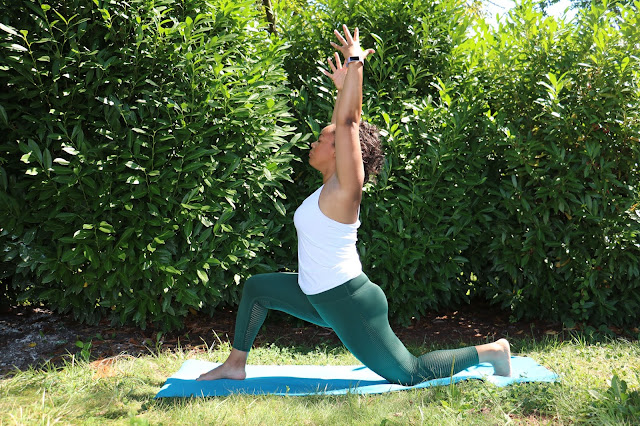
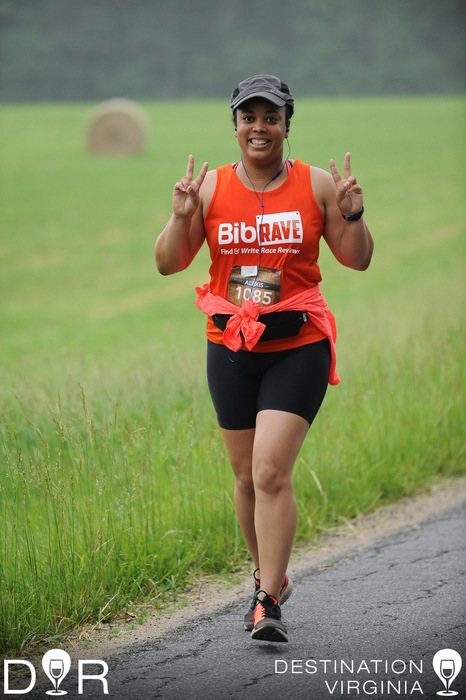


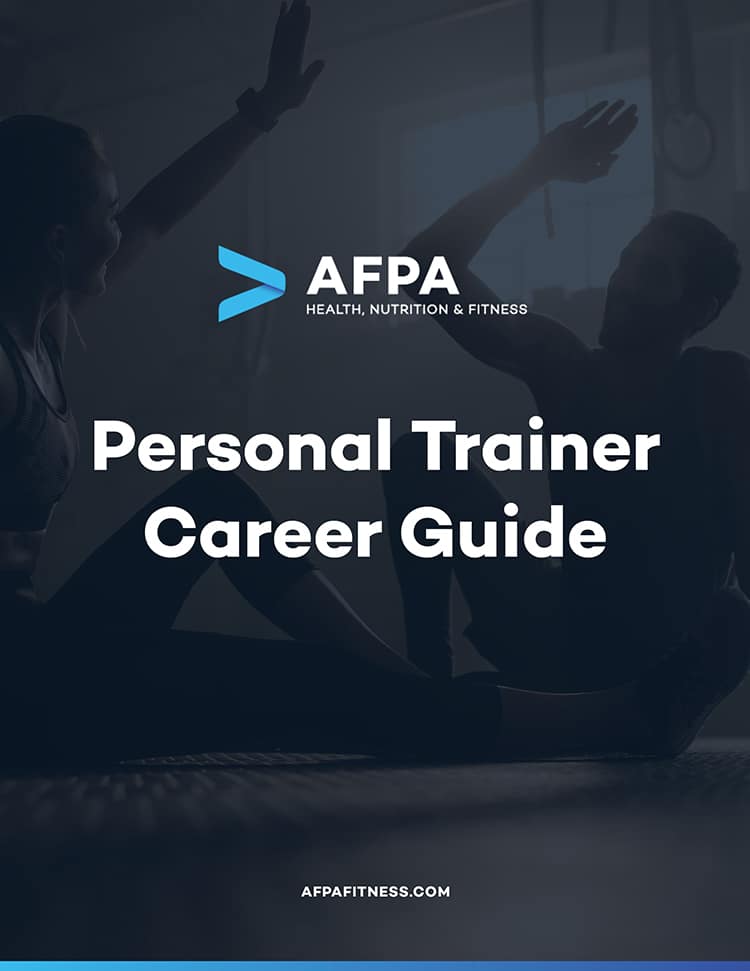


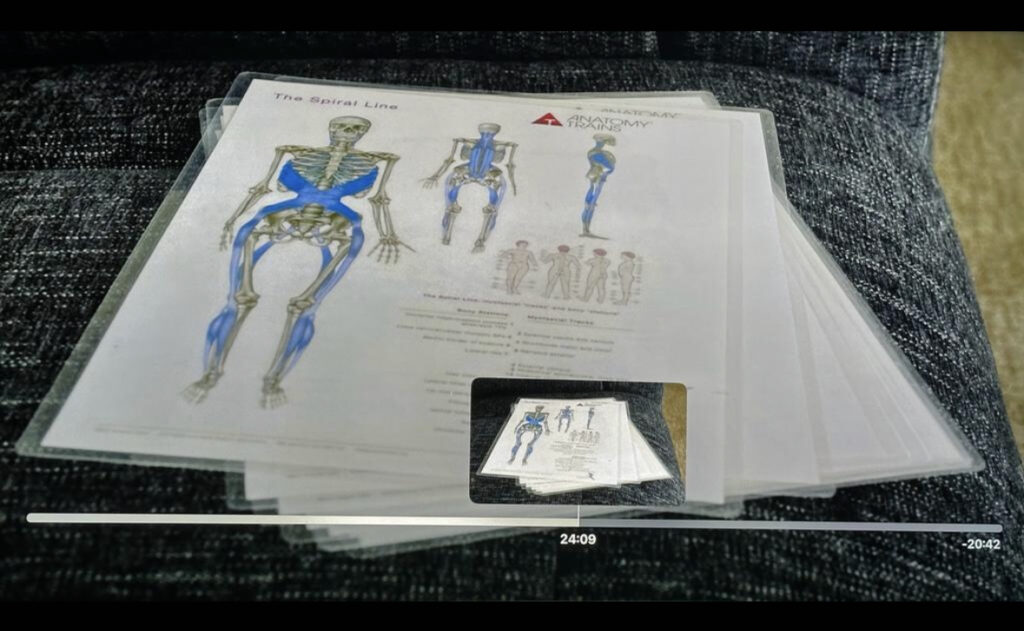
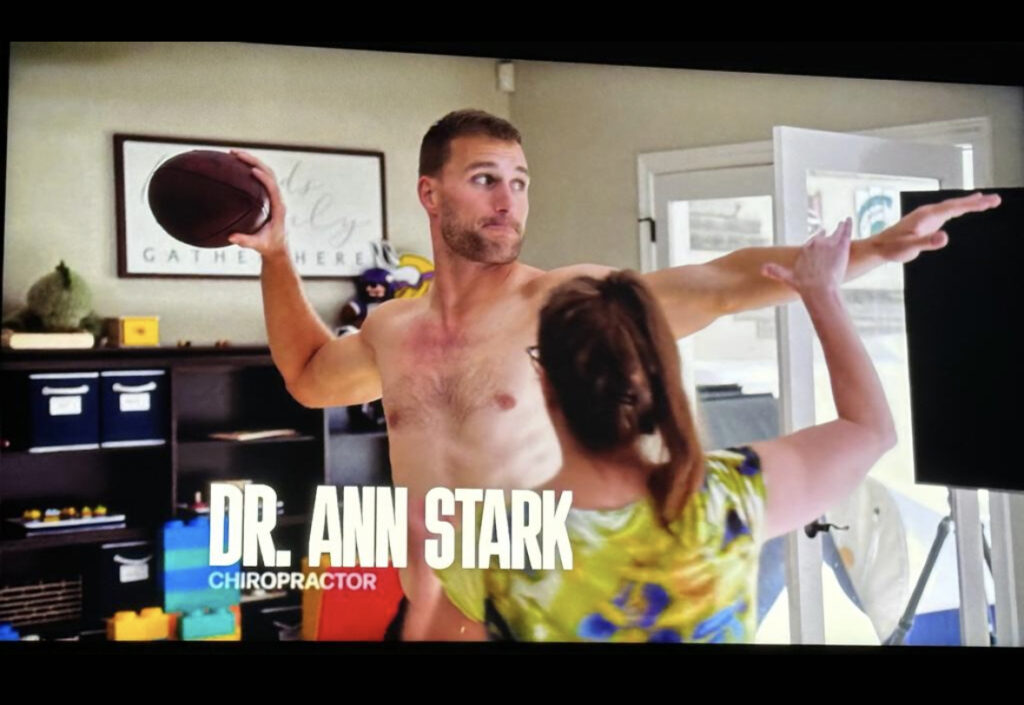

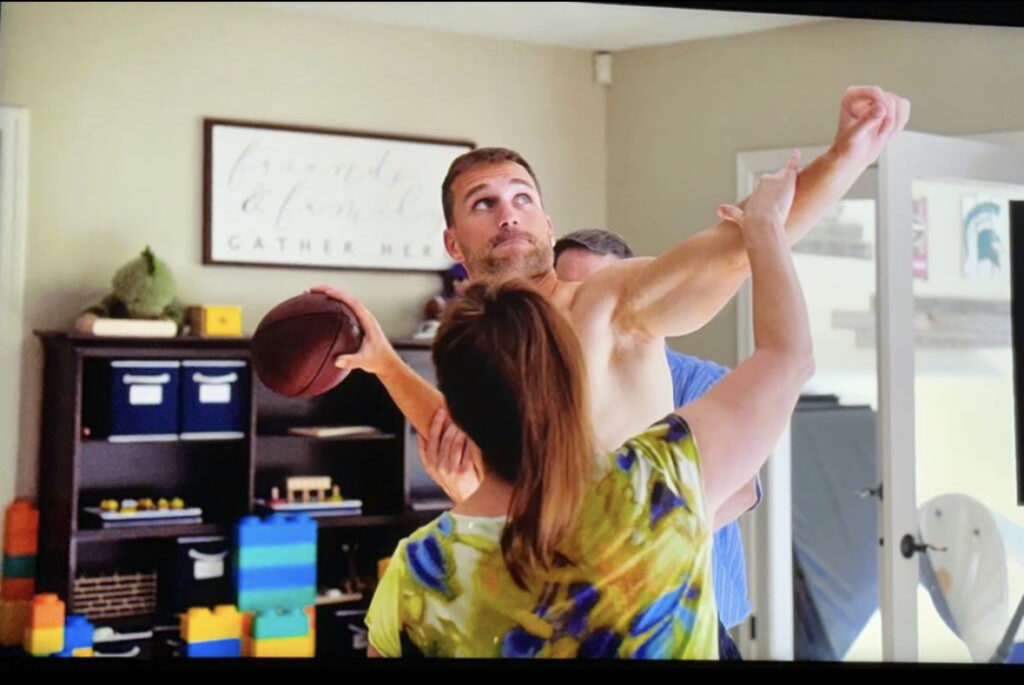
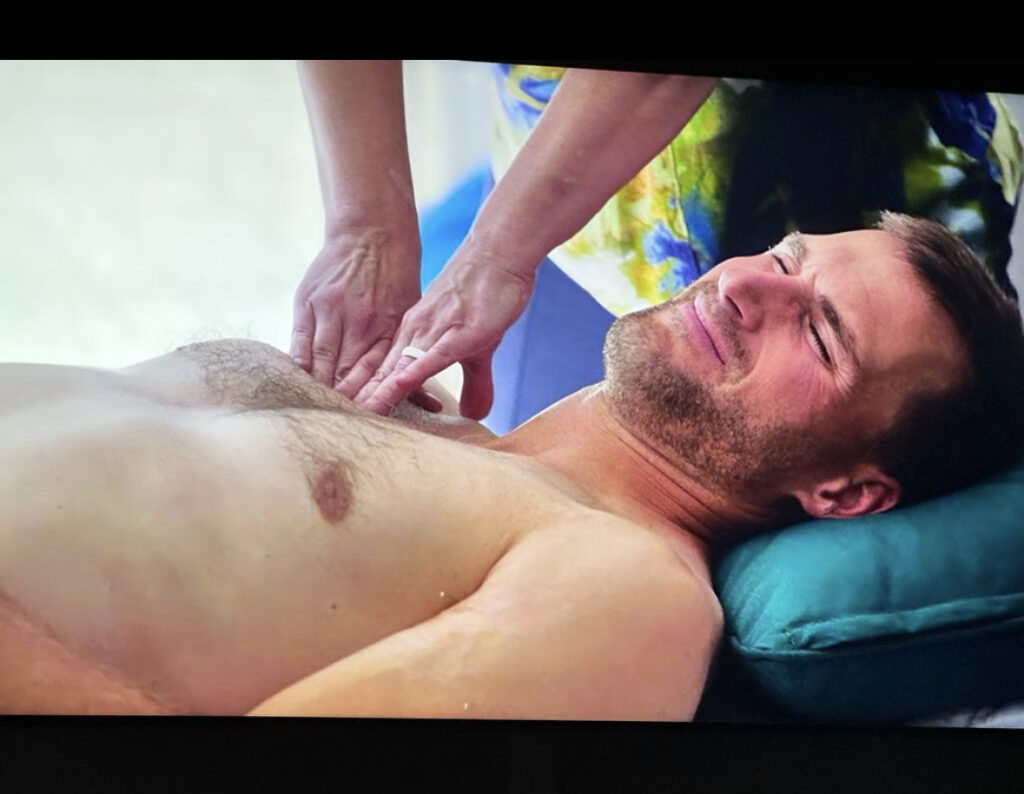
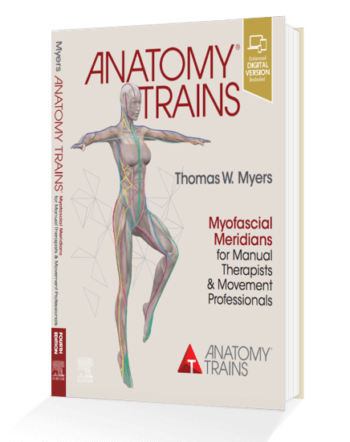





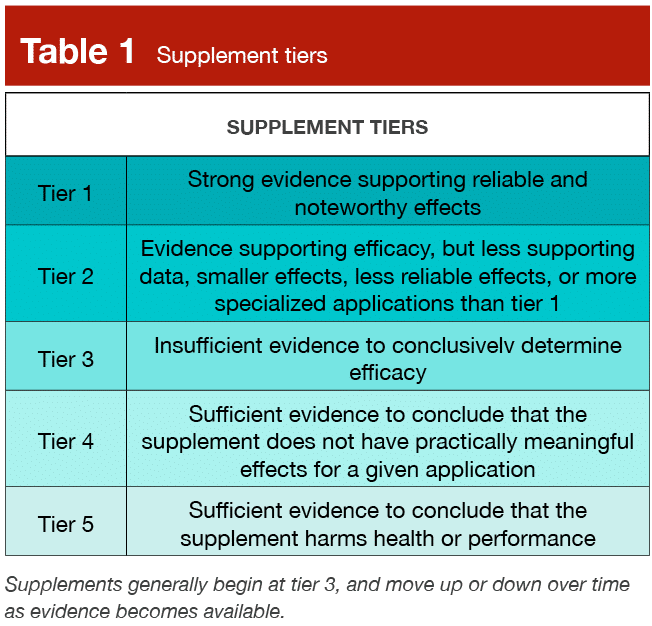
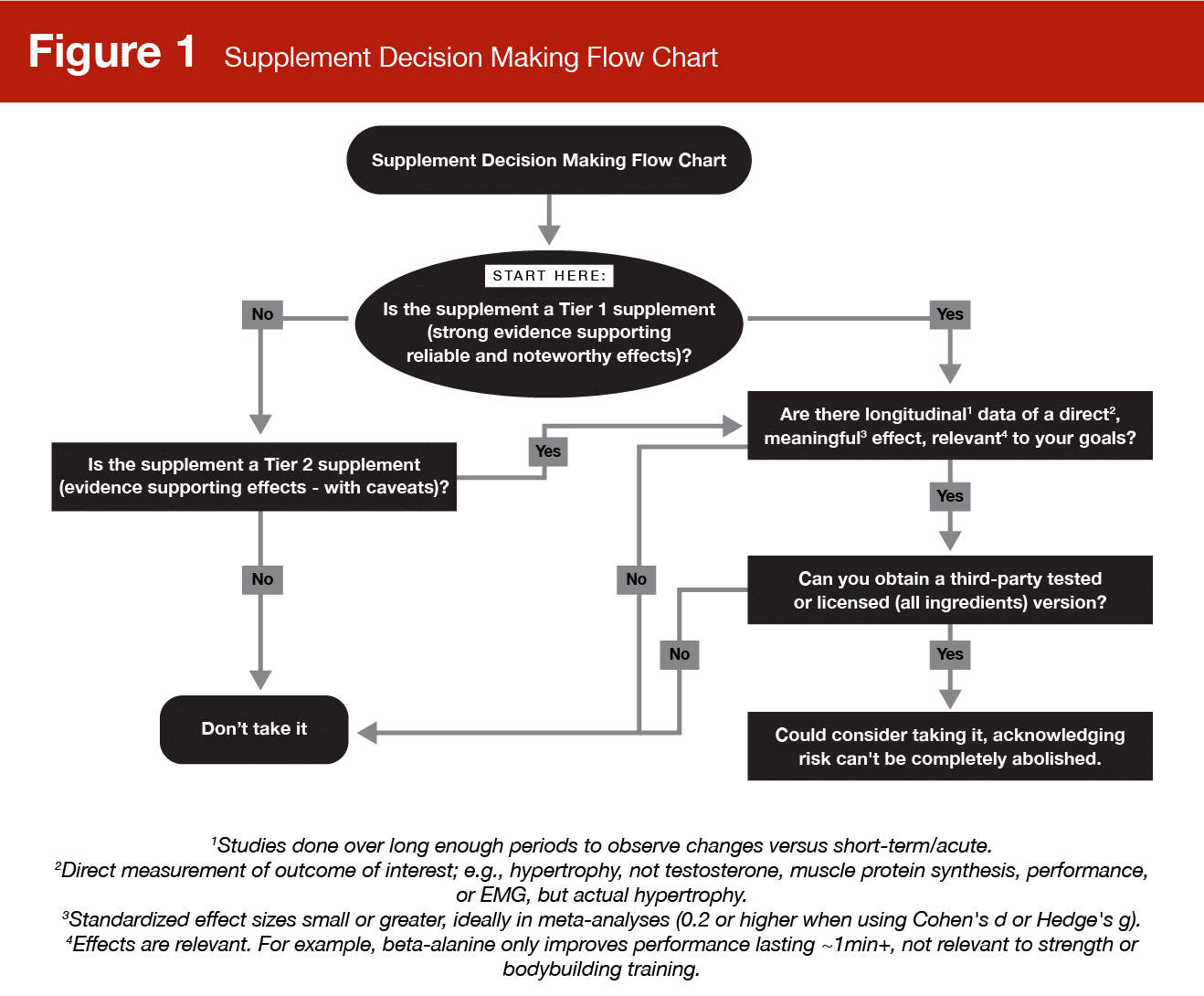
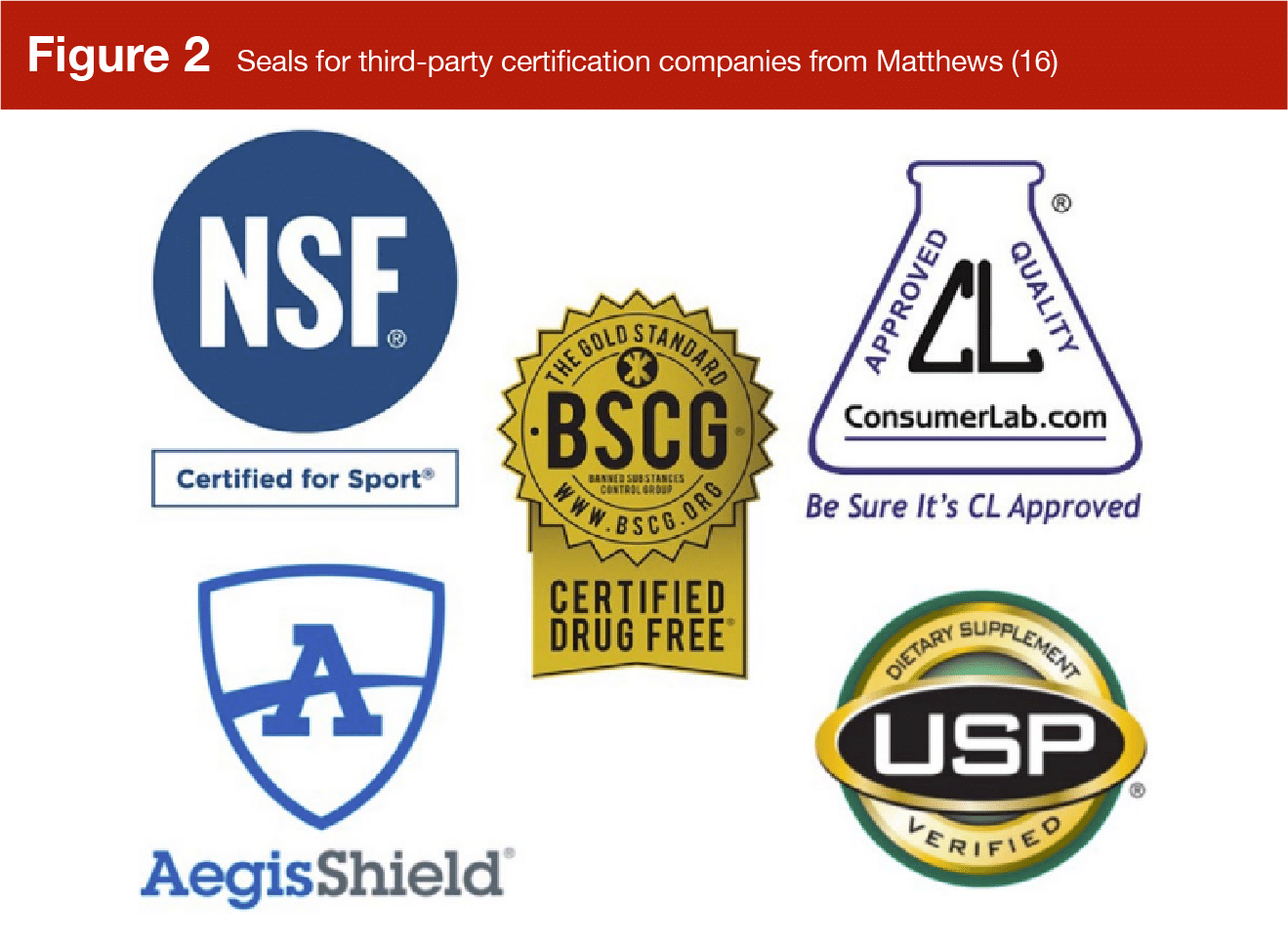










 Compliments Men Want to Hear More Often
Compliments Men Want to Hear More Often Relationships Aren’t Easy, But They’re Worth It
Relationships Aren’t Easy, But They’re Worth It The One Thing Men Want More Than Sex
The One Thing Men Want More Than Sex








